Artists Issue Passports to Antarctica, the Final Borderless Frontier
To encourage public awareness of the ongoing role of Antarctica in global cooperation, France-based artist duo Lucy and Jorge Orta launched the mobile Antarctic World Passport Delivery Bureau in 2008 where anyone can pledge citizenship to the southernmost continent.

A century ago, the Endurance Expedition to Antarctica was stranded on the remote, frigid continent, their ship shattered and hope for rescue slim. Led by explorer Ernest Shackleton, the expedition crew managed to survive through an 800-mile journey on a small 22-foot ship. The experience is considered the end of the Heroic Age of Antarctic Exploration, which included international competitions to reach the South Pole, and work across country borders to research the unexplored landmass.
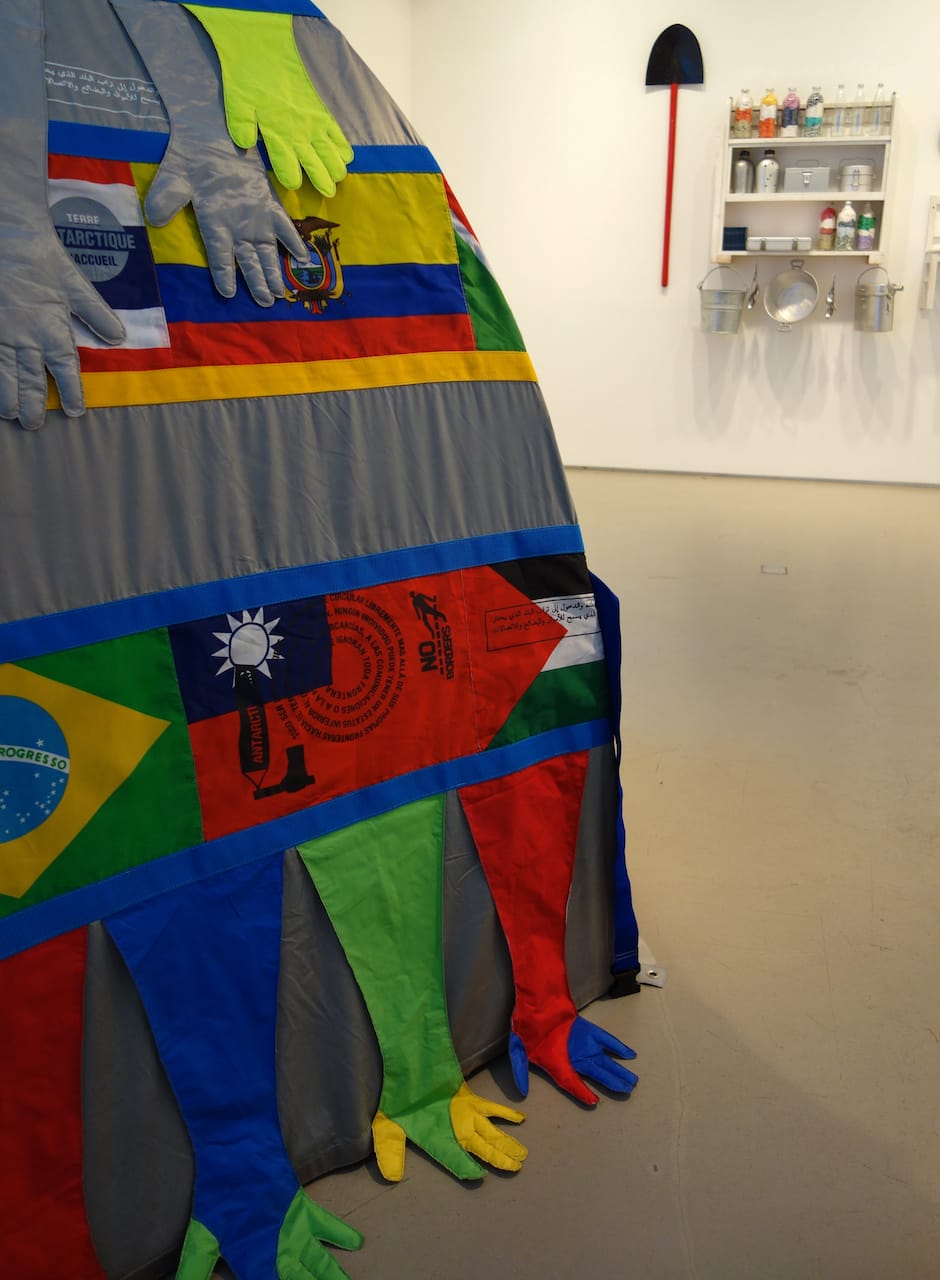
Antarctica remains a powerful place of international collaboration for survival in one of the planet’s most extreme environments. To encourage public awareness of the ongoing role of Antarctica in global cooperation, especially in the scientific research on climate change (this is where the Ozone Hole was discovered), in 2008 France-based artist duo Lucy and Jorge Orta launched the mobile Antarctica World Passport Delivery Bureau, where anyone can pledge citizenship to the southernmost continent. The Bureau is currently in operation at Jane Lombard Gallery in conjunction with Antarctica, their first New York City solo show. (You can also request a virtual passport online.)
You don’t actually need a passport to visit Antarctica, as the 1959 Antarctic Treaty, now signed by 53 nation states, affirmed it as a peaceful territory free from country ownership. The Antarctica World Passport is completely symbolic, an advocacy tool to engage people around the world in the importance of a remote place most of us will never visit. Before Jane Lombard Gallery, the Bureau was at the Grand Palais in Paris alongside December’s COP21 UN Climate Summit.


Lucy and Jorge Orta made their own expedition to Antarctica in 2007 for the first End of the World Biennial, a collaboration between the Patagonia Arte y Desafío Foundation and the Parlamento Latinoamericano of San Pablo Memorial Foundation in Ushuaia, Argentina, considered the world’s southernmost city. Much of the Antarctica exhibition focuses on the temporary “Antarctic Village – No Borders” they constructed on that expedition, including one of the 50 dome tents adorned with the flags of nations that signed the Antarctic Treaty. During the 2007 journey, the Ortas raised an “Antarctica Flag” designed with all these vibrant flags merged together.
There are also preparatory drawings for the “village” and colorful “survival kits” from 2008, with life vests adorned with objects like water flasks, children’s shoes, cooking utensils, and various other survival items. There isn’t much explanation for their meaning alongside the less conceptual passports, but they feel like totems of the same optimism driving that project. If you peek at the purple striped canoe on the assemblage “OrtaWater – Antarctica” (2006), you’ll discover a model of a human heart is riding in the vessel.


In the utopic vision of the Ortas, Antarctica is a last refuge from global conflict and its rigid borders, where anyone can belong, and the only way to survive is through collaboration. Come 2048, the 1991 Madrid Protocol that prohibits mining in Antarctica will be up for review, and the resources buried beneath the icy surface may be too enticing for corporations. Climate change, like this distant, southern tip of our world, can often feel abstract, but Lucy and Jorge Orta are hoping to engage people with its importance, one passport at a time.
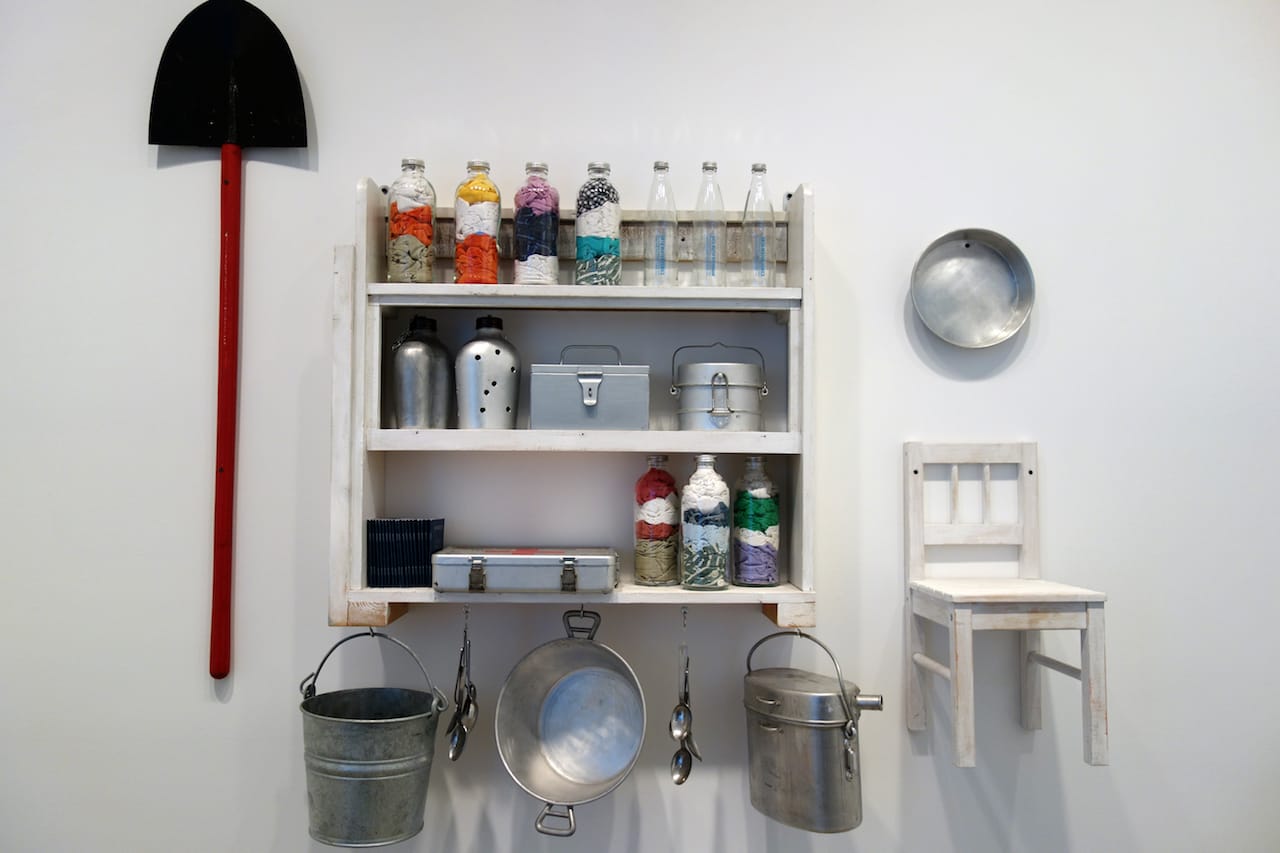
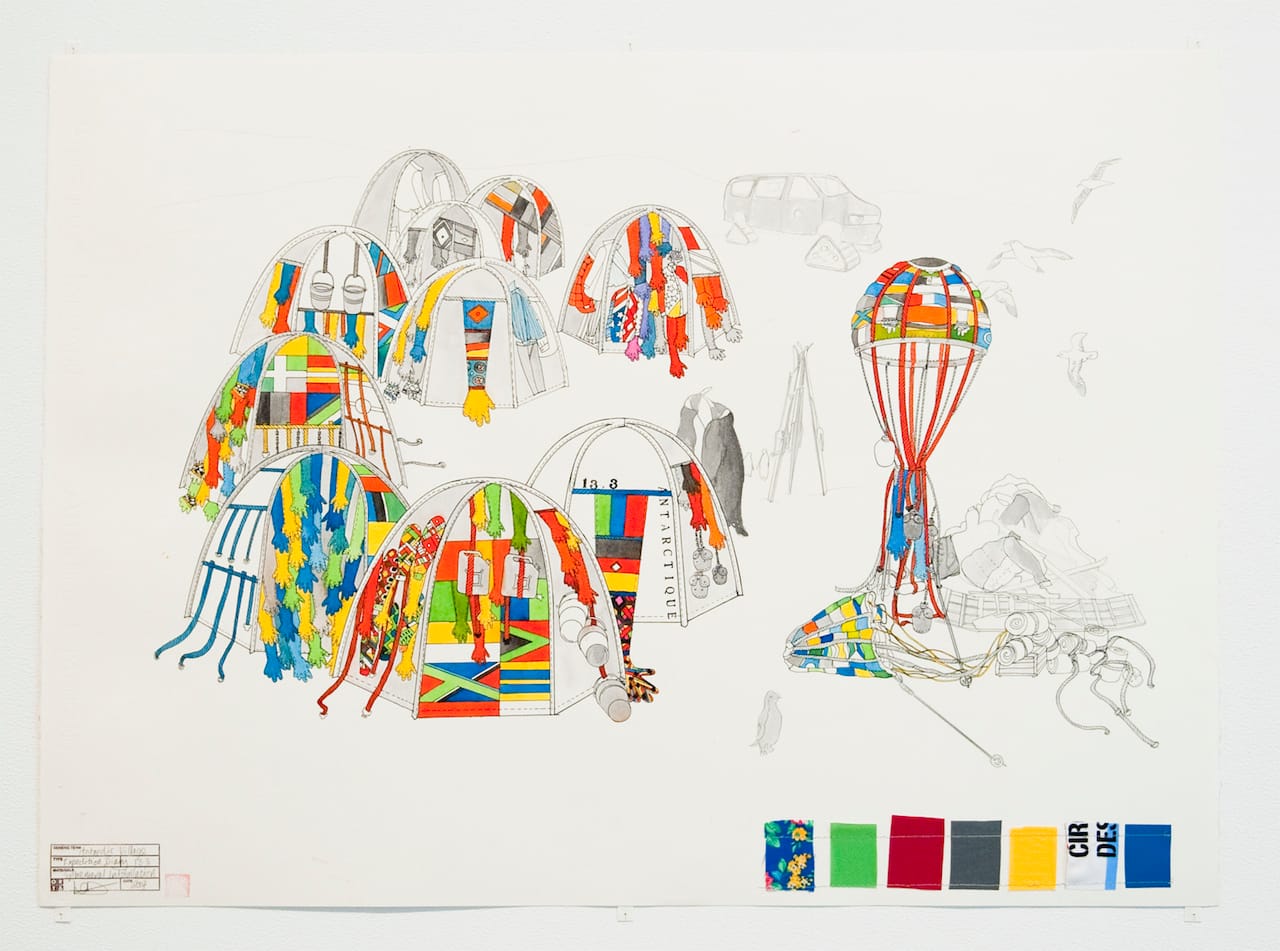
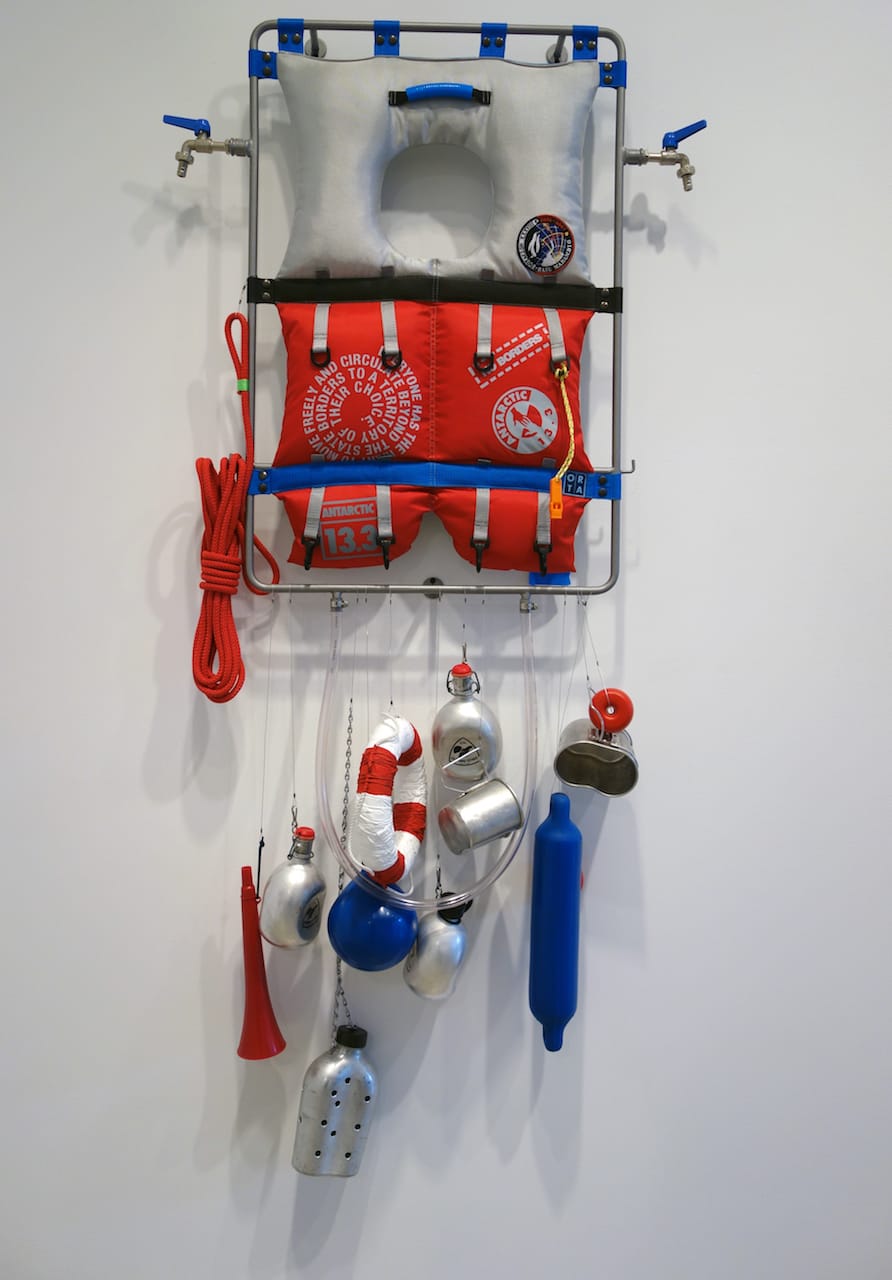

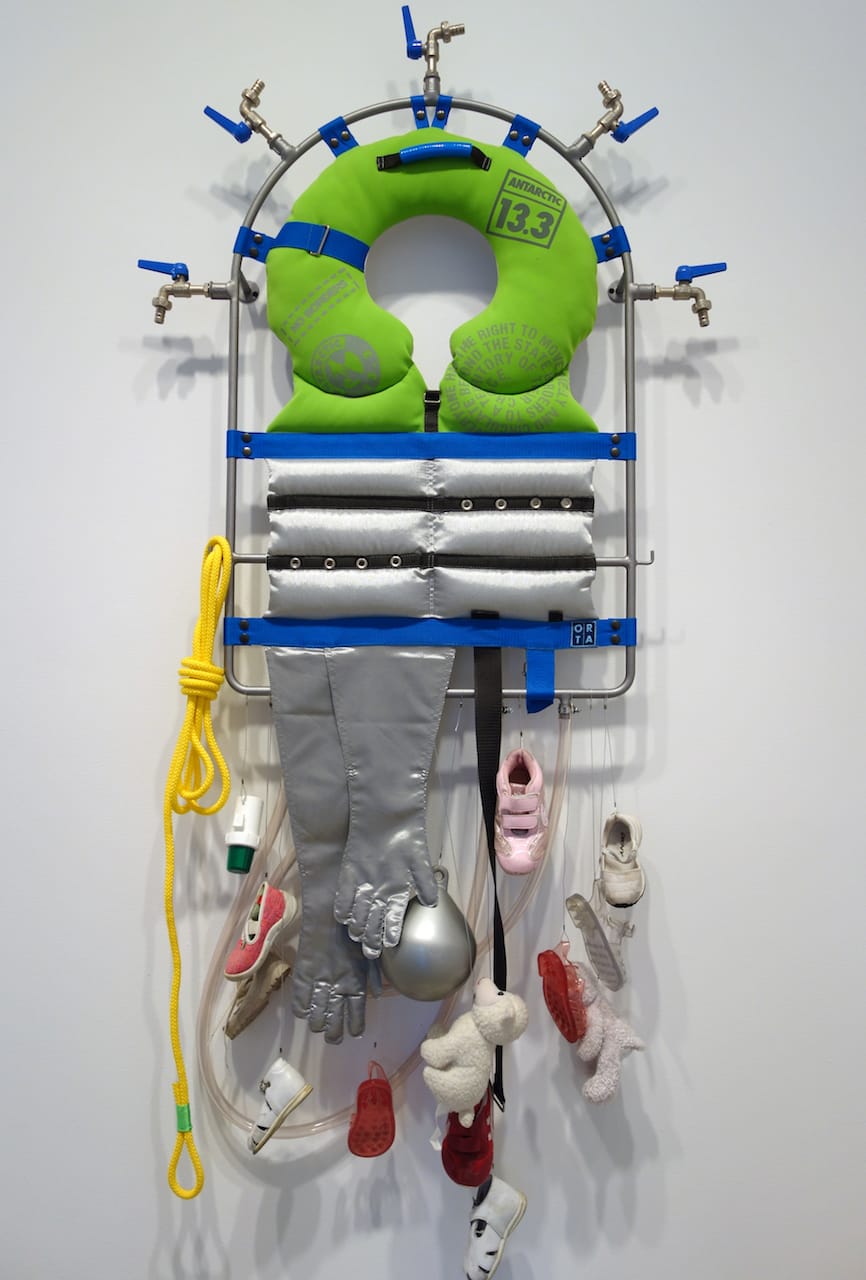
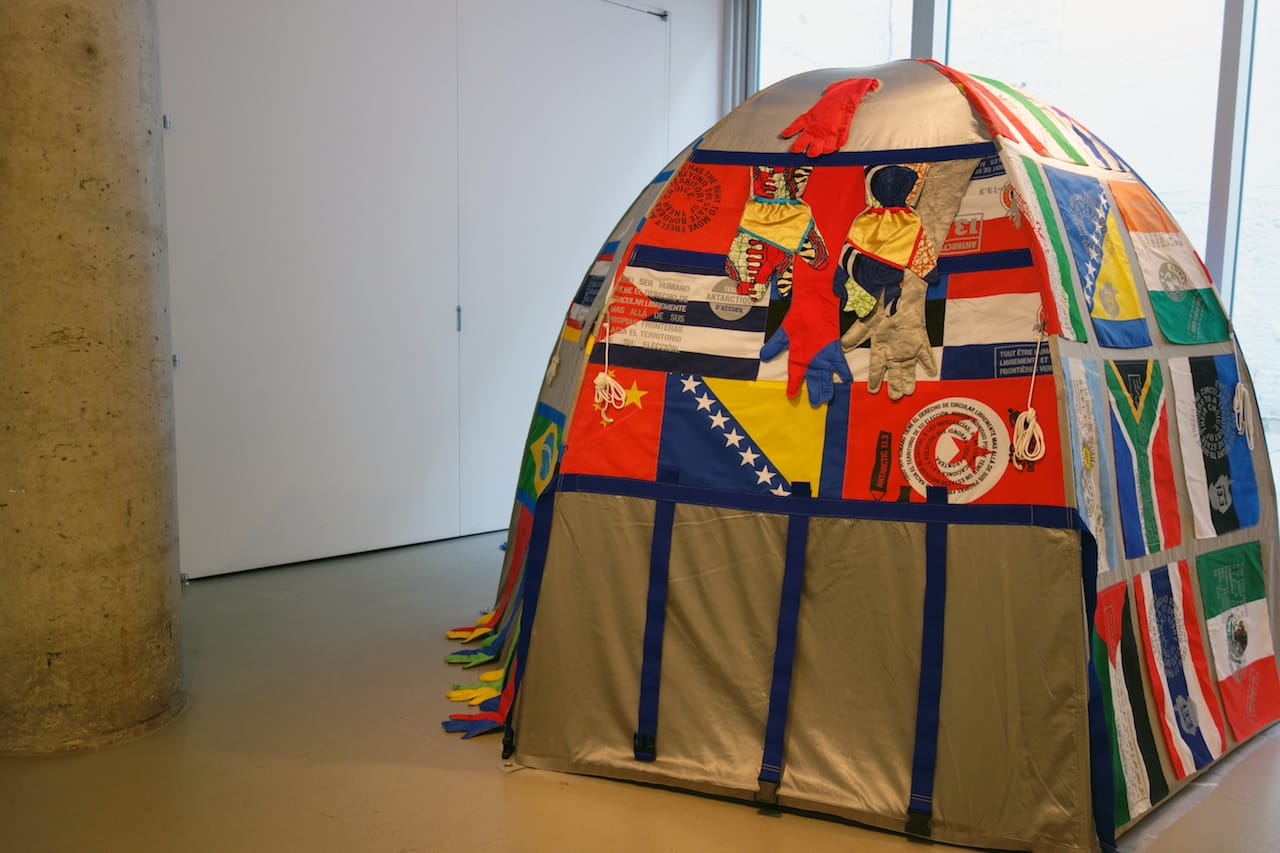
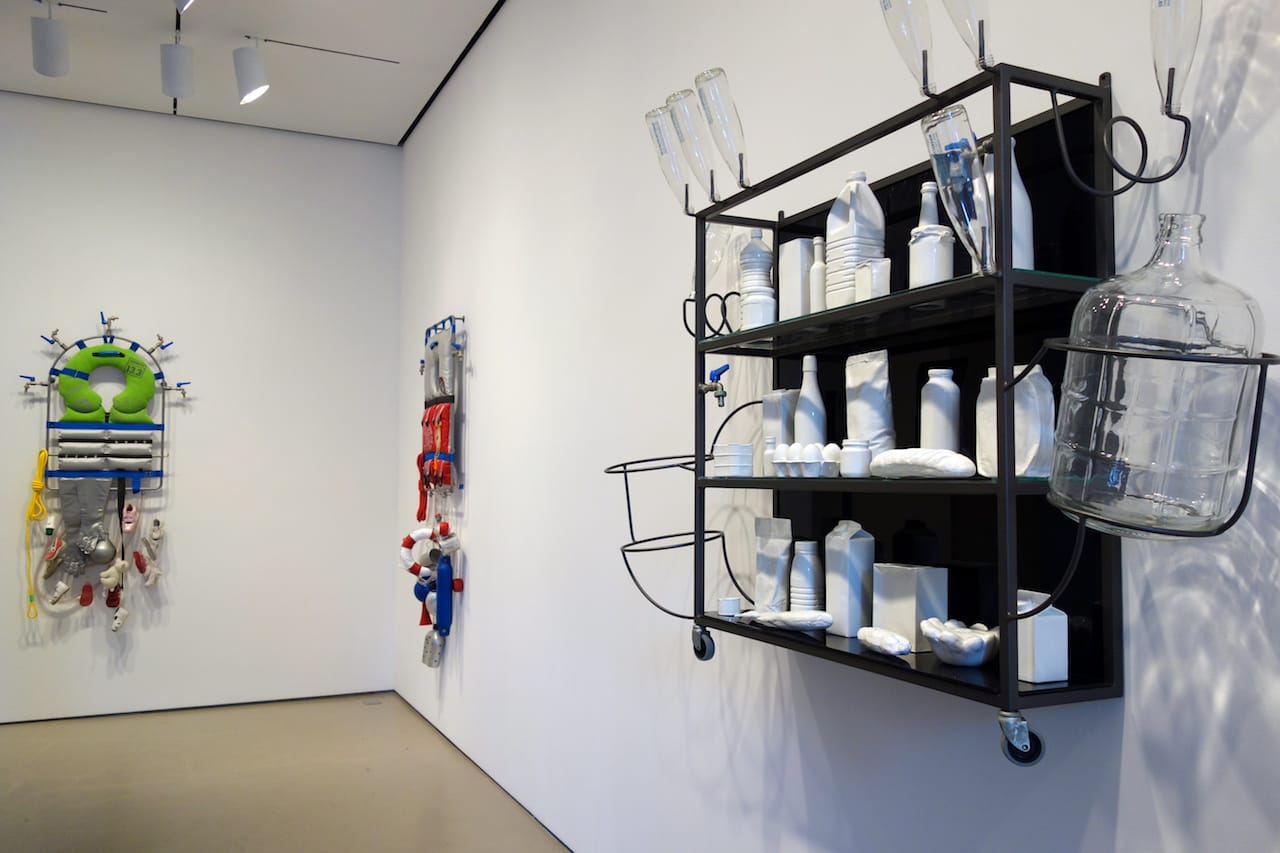
Lucy + Jorge Orta: Antarctica continues at Jane Lombard Gallery (518 West 19th Street, Chelsea, Manhattan) through February 20.





